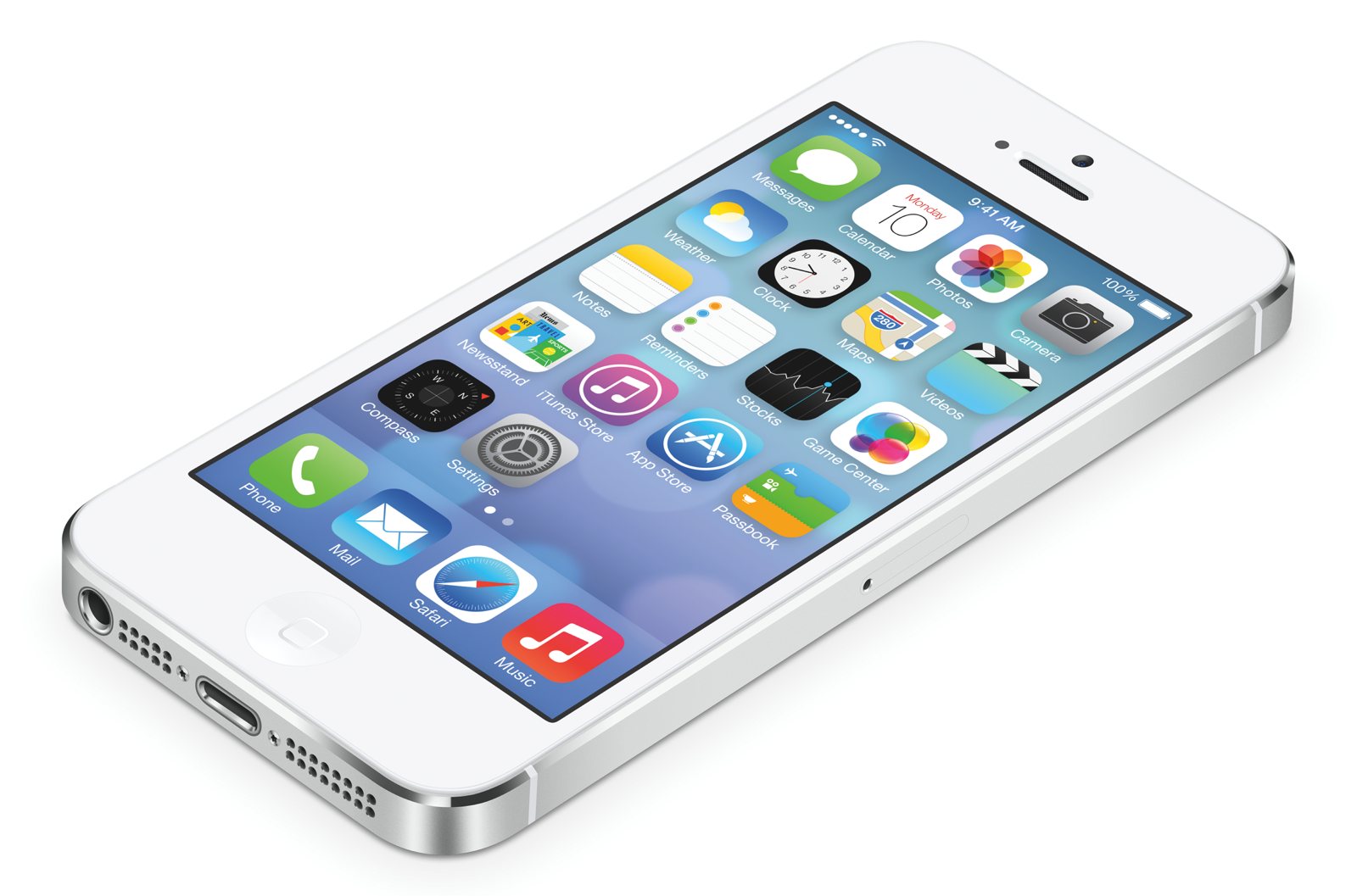The Responsive OS
In the short time since Apple announced iOS 7 there has been a lot written about its radical new interface design which is a significant departure from the previous version. Gone are the shadows, textures and lighting effects. Rich ornamentation has been replaced by strong simple lines and areas filled with flat or vibrant gradient colours. Navigation and tool bars are now translucent white sheets that blur the content behind them. Whatever your thoughts on some of the controversial details (like some questionable icons), I'm sure many people will agree the new design feels modern, lightweight and fluid.

At Aertv we’re big fans of Responsive Web Design and that’s why I was excited by the iOS 7 redesign and why I think overall this is a very smart move by Apple. iOS is becoming a much more responsive OS.
The new design breaks away from an interface that tries to mimic real-life objects and surfaces and in doing so opens the door for new types of interactions. Just look at the new Calendar app. Its simple icon displays the current day and date, when you tap on it you are zoomed in seamlessly to the current day in the month view. Tapping on the day zooms you in again to see the detail for that day. The transitions are supporting your mental model of the hierarchy of years, months, days. Imagine how difficult those transitions would be if the calendar still looked like a sheet of metal covered in a grid of chiseled lines.
iOS now has a foundation that will make it much easier to develop new features and interactions. They will support how the user thinks about the content their interacting with, rather than being constrained to how real-world objects behave.
I see iOS 7 as the solution to the problem that responsive web design is trying to address. In recent years there has been an explosion in the number of new devices on the market giving software developers a massive range of screen sizes to contend with. Designing for each device or a particular resolution is untenable. With the simplification of the UI along with new features like OS level text-resizing and auto-layout frameworks, developing for multiple screen sizes is getting easier and faster. Once these kinds of capabilities have been made in the software it would make it much easier for Apple to introduce new iOS devices with different screen sizes. It’s now even more likely we will see a bigger (or smaller) iPhone.
One of the most interesting things about Apple is how relentless they are, unafraid to jettison legacy or outdated technology, to make way for something newer. I for one am looking forward to the possibilities this new OS will create.
